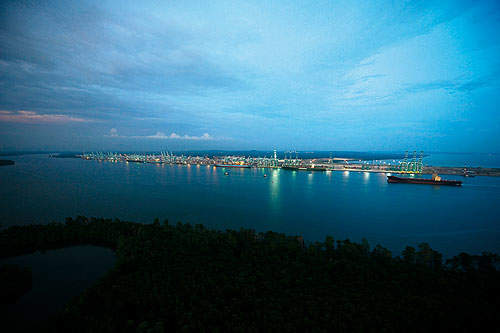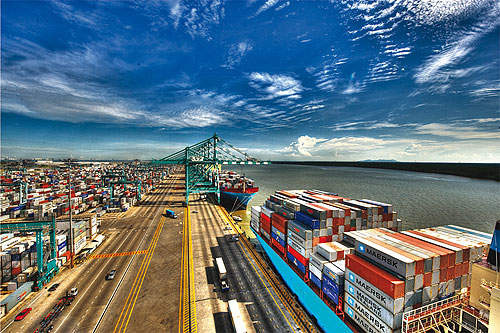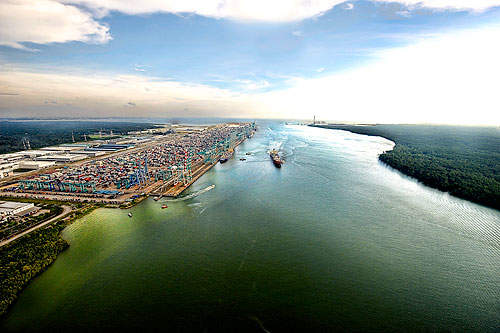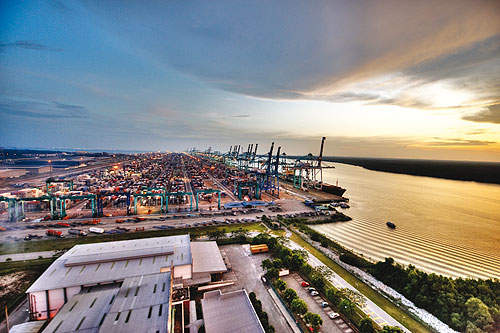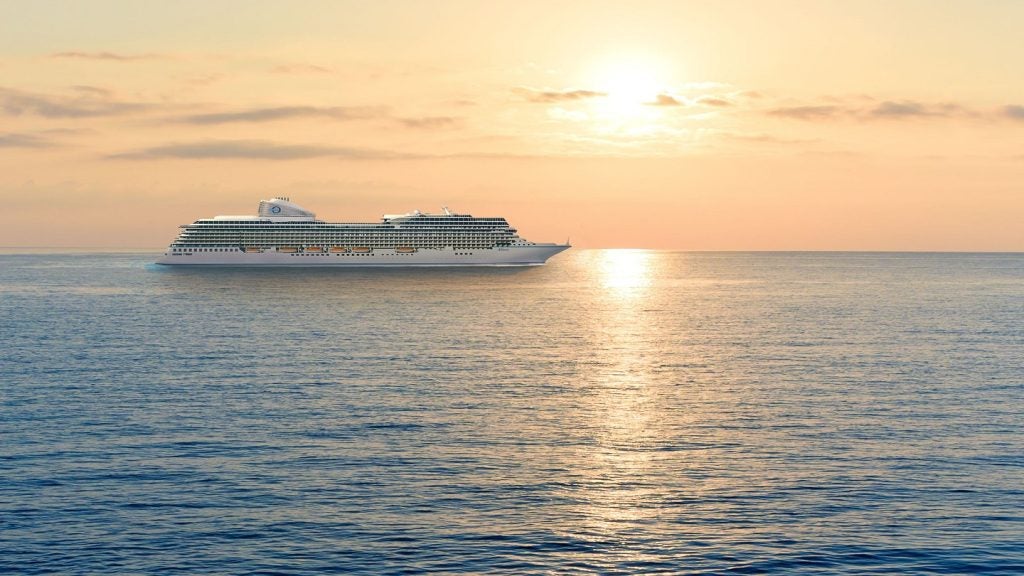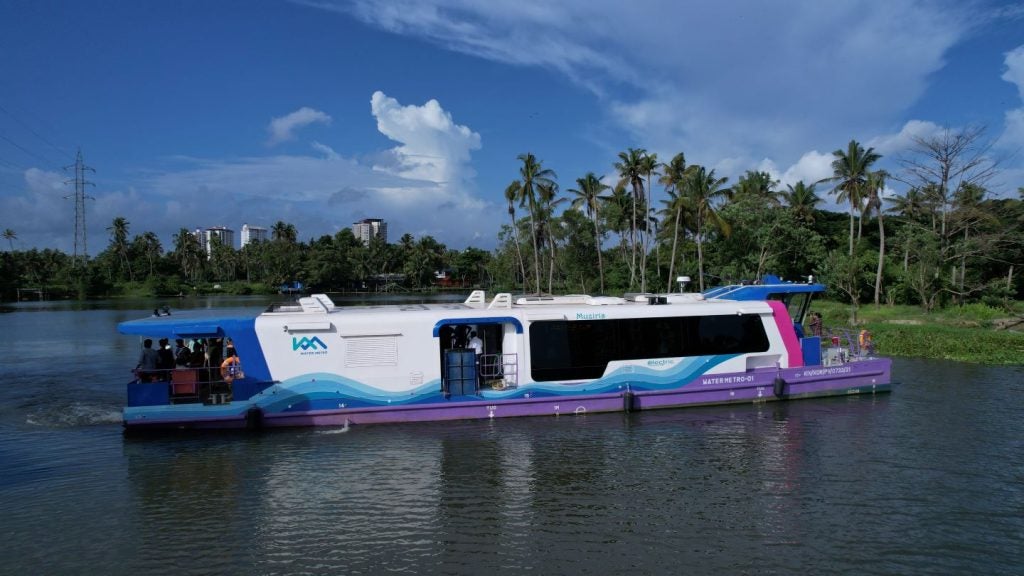The Port of Tanjung Pelepas is the fastest growing container port in Malaysia. The facility is located on Malay Peninsula’s most southern tip, on the eastern mouth of the Pulai River, in the State of Johor.
The port became operational in October 1999 and was officially launched in March 2000. It handled one million teus in the first 571 days of operations, creating a world record as the fastest growing port.
The port’s management is overseen by Johor Port Authority.
Design details
The Port of Tanjung Pelepas allows round-the-clock berthing for all vessels due to the absence of weather or tide restrictions. Because of its strategic location at the confluence of the main east-west shipping lanes, the port offers a turnaround time of just 45 minutes.
Protected by a deepwater bay with a water depth of 16m, the port is instituted on 1,935 acres. The approach channel’s width extends to 420m.
The container terminal is designed to handle eight million teus annually. It has 12 berths with total linear wharf length of 4.3km.
Construction of the Port of Tanjung Pelepas
The port is to be developed in five phases over a period of 25 years up to 2020. The first phase, completed in 1999, saw the development of six berths with a 2,800m waterfront.
The project began in 1997 after the formulation of a master plan and preliminary design in 1995-96. Feasibility studies were carried out by Moffatt & Nicol Consultants in association with Engineering and Environmental Consultants.
A $158m contract was awarded in July 1997 for dredging and reclamation, wharves, port infrastructure, cranes and equipment as well as port buildings. The contract was executed by Ballast Nedam-SKS Joint Venture, while the main dredging and reclamation works were carried out by Ballast Nedam Dredging and Dredging International Asia Pacific.
Sellhorn provided the conceptual and detailed engineering design, and prepared the tender documents. It also assisted in supervising the contract awards and construction .
Upper Plus Sdn Bhd (UPSB) was created in 1997 to manage and supervise the design and construction activities. In October 1998, PTP Management Sdn Bhd (PMSB) was created to replace UPSB.
The Port Administration Building became operational in August 2000.
Phase II developments began in September 2002. Dredging and reclamation works were completed in 2003 and six berths were finished in July 2004.
Port facilities
The Port of Tanjung is served by one container terminal. Built over a total area of 1 .8 million square metres, the container yard can handle eight million teus per year. It has total storage capacity of 6,237,000teu and total ground slots for 37,800teu.
There are 4,161 reefer points and fresh water to the berthed vessel is provided via pipe. The port also offers repair and maintenance facilities.
The second Malaysia-Singapore expressway and the north-south highway provide access to major industrial estates. Senai Airport, Malaysia and Singapore Changi Airport are the two nearest airports. The port is also connected by national rail grid that passes through Peninsular Malaysia from Singapore to Southern Thailand.
Security
The port is an International Ship and Port Facility Security and is compliant with the US Customs Service Container Security Initiative and the Customs-Trade Partnership against Terrorism.
Auxiliary police powers provide 24 hours in-house security and a 24-hour emergency response team is also available.
Equipment at the Port of Tanjung Pelepas
The port is equipped with 44 quay-side cranes. Of these, 11 cranes have a 22-box outreach, capable of meeting the demands of next generation cargo vessels. The productivity is further enhanced due to their twin-lift capability. The port currently has an average quay crane productivity of 35 gross crane moves per hour.
In addition, the port has 138 rubber-tyred gantry cranes and 361 prime movers.
Future plans
Johor Port Authority plans to build 95 berths at the Port of Tanjung Pelepas by the end of 2020 , which will allow it to handle 150 million teus.

